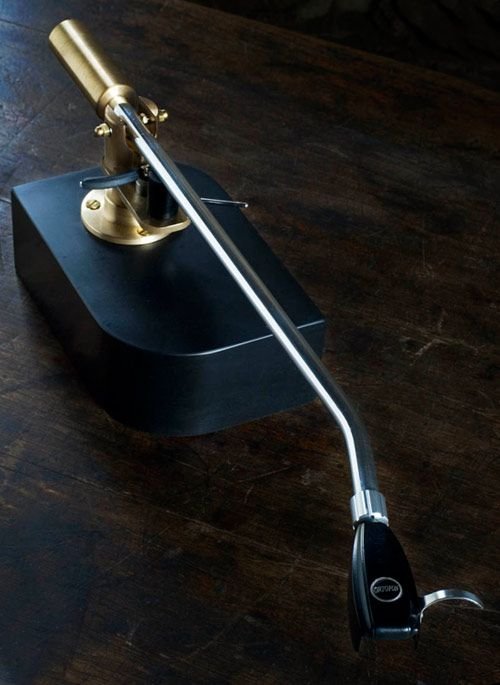MYTH #6: My arm sounds better without anti-skating applied
My first thought whenever I hear this is, "Did you control for the variables that can influence the horizontal behavior of the tonearm BEFORE coming to that conclusion?" I usually get a blank stare at that question.
What do I mean? A frequently encountered example:
I have been to many people's homes who claimed their arm sounds better without anti-skating force applied. In every case, THEY WERE RIGHT. However, they were right about what matters (the sound) but ascribed the basis of their claim to the wrong thing (the anti-skate mechanism). In every case, these fellows' tonearms had their own horizontal torque forces generating as much as, or more than, the required anti-skate force necessary WITHOUT EVEN ENGAGING THE ANTI-SKATE DEVICE. So, of course, when they would engage the anti-skate mechanism the arm would start mistracking or skipping or at least sounded more "closed-in" and robbed of life. They did not know their arm had a significant internal horizontal torque force doing the anti-skating job for them in the first place.
So, for those who say their arm sounds better without vs with anti-skating applied, they probably already have it applied by the arm itself without knowing it. Of course, in these situations you can be nearly certain that at the time of their cantilever alignment they messed things up pretty badly. Why? Since they did not know that horizontal torque force was present at the time of cantilever alignment the horizontal torque force generated on the cantilever by the arm would have skewed it visually and made it to LOOK like they needed to revolve the cartridge counterclockwise to align properly but...you know how the story goes, I hope!
I'll stop here, but there are many more I could cover that I've wrote and discussed on before such as the test record approach, blank record approach, etc.
Guys, I really hope I'm not coming off as mean spirited, but we have ALL been sold a bad bill of goods by clueless manufacturers and reviewers on this issue for years. Don't buy a WallySkater for these measurements. That's fine. I’m not trying to sell them on you by way of this post. JUST BE WELL INFORMED. Isn't that why we come here?








